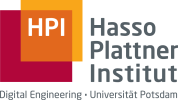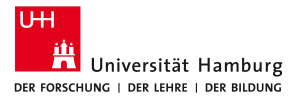Upcoming: ADYN Summerschool (July 1st - July 5th, 2024): For more information & registration visit here.
One of the most prominent recent discoveries in computer science, and perhaps science generally, has been that networks with certain characteristic features shape surprisingly many aspects of our lives. Examples include artificial networks such as the world wide web, social networks, biological networks as well as networks of financial contagion, which played such a cataclysmic role as the financial crisis of the past decade ran its course.
In these networks, dynamics and spreading processes are of critical importance - viruses spread in a population, news and opinions in social networks, malware in the Internet, etc. In financial markets, similar effects can lead to instability and bankruptcy, and highlight the systemic risks in interconnected economies. In contrast to such rather destructive effects, dynamics and spreading can also be used constructively, e.g., in the design of distributed algorithms for decentral applications. Moreover, the network structure itself can be subject to dynamic change.
Dynamic spreading processes can be interpreted as an information flow in a network. Perhaps surprisingly, many aspects of these processes are not well understood, especially from a computational and algorithmic perspective. How can we detect, control, or reconstruct dynamic spreading processes in networks? How can we use these insights for designing efficient algorithms in the context of network dynamics? How does network structure affect opinion formation in social networks? How can we incorporate network dependencies when evaluating systemic risk in financial markets? What are the underlying principles based on which realistic networks are formed?
The research unit consists of six projects that study different aspects of spreading and information flow -- distributed algorithms and population protocols, systemic risks in financial markets, learning and reconstruction, opinion dynamics, network design, and scalable algorithms for implementation and simulation of randomized processes. The goals are to establish foundational insights across the different areas, as well as to develop new, mathematically rigorous techniques for the design and analysis of algorithms to simulate, reconstruct, control, and optimize information flows in networks. Additionally, we are going to put these ideas to the test by applying them to concrete problems both in core computer science applications as well as in the area of systemic risk.
Institutions of ADYN
 |
 |
 |
|
|
|
|


